“The Reign of Benevolence:” Christmas with the Tredwell Family, 1850
by Ann Haddad
Christmas Rivals New Year’s Day
By the mid-nineteenth century, the celebration of Christmas Day in New York City had grown to such an extent as to rival the New Year’s Day festivities. (For a history and description of New Year’s Day celebration in New York, see my blog post of December, 2017: “This Fine Old Custom”.) According to the New York Daily Herald:
“Though Christmas is emphatically a church day, yet it has now become, in New York, a general holiday – as much so as New Year’s, which is kept up here after the style of our Dutch ancestors.”
The Christmas traditions of Santa Claus, decorated evergreen trees, stockings, and large Christmas feasts had taken hold. And, to the delight and profit of the City’s merchants, the custom of gift-giving as a Christmas gesture was embraced with enthusiasm.
Let’s Travel Back in Time!
Although we have no record of how the Tredwell family spent Christmas Day in 1850, let us step across the threshold of their home on Fourth Street in our imaginations, and see how they may have enjoyed the holiday. In 1850, there were 13 family members living on Fourth Street: Seabury and Eliza Tredwell, their eight children, two sons-in-law, and one granddaughter.
December 25, 1850, dawned cold, windless, and overcast. In the early morning, one-half inch of snow fell, and more was predicted. Two days prior, New York had been hit by a huge squall, with hurricane-like winds which brought the city to a standstill; ferry and train services were halted, and damaged ships lay stranded in the harbor. The New York Herald reported that “the sea ran high and dashed over the Battery wildly and tumultuously.”
| … |
Shop for Gifts Like It’s 1850
As we do today, the Tredwells spent the week before Christmas shopping for gifts for friends and loved ones. With new industrial technologies and mass production of goods, ready-made Christmas gifts became as popular as the traditional hand-made ones. And as the city was enjoying a period of prosperity due to a financial upturn, retailers did a brisk business in goods marketed as Christmas items. As the New York Daily Herald observed on December 21, 1850:
“The remarkable financial success of our citizens has produced such generous feelings among all classes, that Santa Claus will have unusually brilliant burdens to carry …”
As Christmas approached, the streets of Broadway grew crowded with throngs of shoppers in search of the perfect Christmas presents for their loved ones. The Herald (December 21, 1850), reported:
“… the great thoroughfares are thronged with people, intent upon making elegant selections; and, by the advent of Christmas, about a million of dollars will be moved in the metropolis alone …”
In addition to Stewart’s Department Store, then located on Broadway between Chambers and Reade Streets, and Lord & Taylor on Catherine Street, many other smaller shops, located primarily on lower Broadway, offered a myriad of goods for eager consumers. On December 24, 1850, the Herald observed:
“On Broadway … the toy shops and bookstores have dressed their windows with the most attractive of their wares. The jewelers display tempting specimens of bijouterie; confectioners and bakers are evidently under the prevailing influence; hardware merchants hang out their choicest specimens of skates and small sleds; while numerous shops display in their windows bushels of doll babies … Everything bespeaks the Advent of Santa-Claus and the reign of benevolence.”
The Tredwells’ Fantasy Christmas Gifts
The museum’s collection includes one gift we can definitively say was given at Christmas, 1850. Seabury and Eliza’s fifth child, Phebe, received The Brilliant: A Gift Book for 1850, from her oldest sister Elizabeth. The book, edited by T.S. Arthur with 15 lovely engravings and a richly embossed cover, is inscribed “P.E. Tredwell from her sister E. Decr 25, 1850.” Perhaps Elizabeth purchased this from J. Slater’s Book Store, 204 Chatham Square, near the Bowery.
Let us pretend to steal a peek at the other presents under the Tredwells’ Christmas tree. Our fantasy gift list below, for everyone from Seabury and Eliza to their first grandchild, one-year-old Adelaide Richards, includes the shops where they may have been purchased:
- Seabury: Cravat, scarf, gloves, morning robe: J. Agate, 237 Broadway, corner Park-Place.
- Eliza: Fur cape: Knox, 128 Fulton Street, and Diamond Brooch: Tiffany, Young, & Ellis, 271 Broadway
- Elizabeth: French China dinner set: J. Souvenez & Co., 594 Broadway, next to Niblo’s
- Effingham: Pocket watch: S. Hammond & Co., 44 Merchants’ Exchange
- Horace: Top hat: Genin, 214 Broadway
- Mary: Perfume: Dupuy, 609 Broadway
- Charles: Embroidered toilet slippers, and morning gown: Cantrell, 336 Bowery
- Adelaide: Toys and rattles: Tuttle’s Emporium, 345 Broadway
- Samuel: Gold pen & pencil case: Francis & Loutrel, 77 Maiden Lane
- Julia: Parisian shell combs: Osborne & Boardman, No. 413 Broadway at Lispenard Street
- Sarah: Scrap book and set of stationery: Rich & Loutrel, 61 William Street
- Gertrude: Toys: Tuttle’s Emporium, 345 Broadway; and Allen’s Improved Education Tables, “far preferable to toys.” John G. Haviland, 422 1/2 Broadway
- The four servants who worked for the Tredwell family were not forgotten on Christmas Day. Mrs. Tredwell may have purchased dresses and other dry goods for them at Hitchcock & Leadbeater, 347 Broadway, which offered “many suitable cheap presents for servants.”
The Christmas Feast
While the Tredwell family attended church services at nearby St. Bartholomew’s Church (one block away on Lafayette and Great Jones Streets), and then exchanged their Christmas presents in the Greek Revival parlors, the four servants were engaged in the herculean task of preparing the family’s elaborate Christmas dinner. Preparations for this festive day began weeks earlier; including thoroughly cleaning the house; baking a myriad of sweets such as mince pies, tarts, cookies, and plum puddings; and ordering the groceries, as well as wines and other beverages. And, although the cook and her assistant bore the brunt of the Christmas Day labor, the parlor maid had her own set of important duties, for as Miss Leslie mentioned in The House Book: or A Manual of Domestic Economy for Town and Country (1844):
“You must see that the fires are in good order, and the lamps all lighted at an early hour, and that all the refreshments are actually in the house….”
| … |
What’s for Christmas Dinner?
We don’t know the Tredwell family’s menu when they sat down for Christmas dinner in 1850, but it likely resembled this sample Christmas menu from Miss Leslie’s Lady’s New Receipt Book (1850):
Boiled turkey with oyster sauce
Two roast geese with apple sauce
Roasted ham
Chicken pie
Stewed beets
Cold-slaw
Turnips; salsify; winter squash
Plum pudding
Mince pie
Lemon custard
Cranberry pie
If Company’s Coming …
In addition to the 13 immediate Tredwell family members, other relatives and friends may have been invited to Christmas dinner. In that case, Mrs. Leslie offered a more elaborate menu:
Mock turtle soup
Stewed rockfish
Roasted ham
Roasted venison with currant jelly
Boiled turkey with oyster sauce
Roast geese with apple sauce
French oyster pie
Fricasseed chicken
Potato snow
Parsnips; beets; winter squash; cold-slaw
Plum pudding
Mince pie
Orange tarts
Cream coconut pudding
Spanish blanc mange
Apple-jelly
Vanilla ice-cream
| … |
Shop for Food Like It’s 1850
We do not know how involved Mrs. Tredwell and her daughters were in the preparations for Christmas dinner. (Most likely Gertrude wasn’t – she was only 10 years old). Nor do we know how much of the Christmas dinner menu was cooked from scratch. But chances are that at least part of the Christmas menu was outsourced, for shops that offered ready-made food were abundant. Below is a sample of some of the establishments (most of which were located in lower Manhattan) the Tredwells may have patronized as they shopped for Christmas dinner, with their specialties noted:
- Roasted ham : Duncan & Sons, 407 Broadway
- Boiled turkey with oyster sauce: Downings, Amity Street [now West 3rd Street] and Broadway
- Pickled oysters: A. & P. Dorion, 11 and 12 Fulton Market
- English Cheeses, sauces for epicures, Pate de Foix Gras: Bininger’s, 141 Broadway
- Dried fruits (Zante currants, Malaga raisins, Madeira citron, Egyptian dates, and Smyrna figs); nuts; Calabrian licorice, rock candy: Gassner’s, 132 Chatham Street
- Brandies and wines: Duncan & Sons, 407 Broadway
- “Delicate wines for the Ladies,” (domestic currant wine): H.W. Prescott’s Wine Cellar, 11 Wall Street
- Teas and coffees; chocolate for hot cocoa; cherry and raspberry cordials; English, Scotch, and American ale and porter; Congress and Pavilion Saratoga water: Gassner’s, 132 Chatham Street
- Confections, including richly ornamented Plum, Pound, and Citron Cakes; Jelly; Charlotte Russe: Thompson & Son, Confectioners, 235 Broadway, opposite the Park Fountain
- Candy: Stuart’s, Greenwich and Chambers Streets
When it came to ordering confections from a shop, Miss Leslie urged caution:
“Bespeak your confectionary at the very best shop; otherwise the things may be sent to you made of bad ingredients.”
For those matrons who required additional equipment, or perhaps entertainment for Christmas Day, they could rely on John Taylor (337 Broadway, opposite the Tabernacle). In addition to “moulds of ice cream, small articles to hold confectionery, imitation sofas, chairs, trunks, books, hats, etc. and suitable for Christmas trees, or for Santa Claus.” Taylor offered, “good waiters and musicians. China, glass, silver, candelabras, silver trays, cake baskets, to loan.”
Bake Like It’s 1850
If you are inspired by the baking skills of Mrs. Tredwell and her cook, and are eager to attempt popular 1850 Christmas desserts, here is a recipe from Miss Leslie’s Seventy Five Receipts for Pastry, Cakes, and Sweetmeats (the author’s first cookbook and still popular 22 years after its publication in 1828).
PLUM PUDDING
One pound of raisins, stoned and cut in half.
One pound of currants, picked, washed, and dried.
One pound of beef suet, chopped fine.
One pound of grated stale bread, or a pound of flour.
Eight eggs.
A quarter of a pound of sugar.
A glass of brandy.
A pint of milk.
A glass of wine.
Two nutmegs, grated.
A table-spoonful of mixed cinnamon and mace.
A salt-spoonful of salt.
You must prepare all your ingredients the day before (except beating the eggs) that in the morning you may have nothing to do but to mix them, as the pudding will require six hours to boil.
Beat the eggs very light, then put to them half the milk and beat both together. Stir in gradually the flour or grated bread. Next add the sugar by degrees. Then the suet and fruit alternately. The fruit must be well sprinkled with flour, lest it sink to the bottom. Stir very hard. Then add the spice and liquor, and lastly the remainder of the milk. Stir the whole mixture very well together.
If it is not thick enough, add a little more grated bread or flour. If there is too much bread or flour, the pudding will be hard and heavy.
Dip your pudding-cloth in boiling water, shake it out and sprinkle it slightly with flour. Lay it in a pan, and pour the mixture into the cloth. Tie it up carefully, allowing room for the pudding to swell. Boil it six hours, and turn it carefully out of the cloth.
Before you send it to table, have ready some blanched sweet almonds cut into slips, or some slips of citron, or both. Stick them all over the outside of the pudding.
Eat with wine or with a sauce made of drawn butter, wine and nutmeg.
The pudding will be improved if you add to the other ingredients, the grated rind of a large lemon or orange.
A Recipe from Mr. Dickens
The Tredwells’ Christmas celebration most likely included a festive punch bowl. Here is a recipe for Charles Dickens’ Christmas Punch, taken from a letter he wrote to a friend in 1847:
“Peel into a very common basin (which may be broken in case of accident, without damage to the owner’s peace or pocket) the rinds of three lemons, cut very thin and with as little as possible of the white coating between the peel and the fruit, attached. Add a double handful of lump sugar (good measure, a pint of good old rum, and a large wine-glass of good old brandy (if it be not a large claret glass, say two). Set this on fire, by filling a warm silver spoon with the spirit, lighting the contents at a wax taper, and pouring them gently in. Let it burn three or four minutes at least, stirring it from time to time. Then extinguish it by covering the basin with a tray, which will immediately put out the flame. Then squeeze in the juice of the three lemons, and add a quart of boiling water. Stir the whole well, cover it up for five minutes, and stir again.”
“Mirthful and Jolly!”
Here is an excerpt from a poem entitled “A Christmas Carol,” by William P. Mulchinock, which appeared in the Evening Post, December 22, 1849:
“Then deck your gay homes with the evergreen holly!
And light ye the tapers to scare melancholy!
And drain ye the wassail bowl mirthful and jolly;
To-day joy is wisdom, but grieving’s a folly.”
Merry Christmas!!
Sources:
- A Lady of Philadelphia [Eliza Leslie]. Seventy Five Receipts for Pastry, Cakes, and Sweetmeats. Boston: Munroe and Francis, 1828. www.archive.org. Accessed 11/27/18.
- CrateBlog, December 25, 2015. http://www.crateandbarrel.com/blog/charles-dickens-punch-recipe/. Accessed 12/2/18.
- [Eliza Leslie]. The House Book: or A Manual of Domestic Economy for Town and Country. Philadelphia:Carey & Hart, 1844. wwwbabel.hathitrust.org. Accessed 11/28/18.
- [Eliza Leslie]. Miss Leslie’s Lady’s New Receipt Book. 1850. www.archive.org. Accessed 11/27/18:
- The Evening Post, 22 December, 1849, p. 1. www.newspapers.com. Accessed 11/29/18.
- The Evening Post, 11 December, 1850, p. 3. wwwnewspapers.com. Accessed 11/19/18.
- The Evening Post, 16 December, 1850, p. 2. www.newspapers.com. Accessed 11/19/18.
- The Evening Post, 23 December, 1850, p. 2 www.newspapers.com. Accessed 11/30/18.
- The Evening Post, 24 December, 1850, p. 2. www.newspapers.com. Accessed 11/19/18.
- Leslie, Eliza. Directions for Cookery in its Various Branches. Philadelphia: E. L. Carey & A. Hart, 1837. www.gutenberg.org. Accessed 11/28/18.
- New York Daily Herald, 21 December, 1850, p. 4. www.newspapers.com. Accessed 11/23/18.
- New York Daily Herald, 24 December, 1850, p. 2. www.newspapers.com. Accessed 11/19/18.
- New York Daily Herald, 26 December, 1850, p. 2 and 3. www.newspapers.com. Accessed 11/19/18.
- New York Tribune, 12 December, 1850, p. 5. www.newspapers.com. Accessed 11/23/18.
- New York Tribune, 23 December, 1850, p. 4. www.newspapers.com. Accessed 11/30/18.
- New-York Tribune, 24 December, 1850, p. 2. www.newspapers.com. Accessed 11/19/18.
- New-York Tribune, 26 December, 1850, p.4 and 5. www.newspapers.com. Accessed 11/19/18.
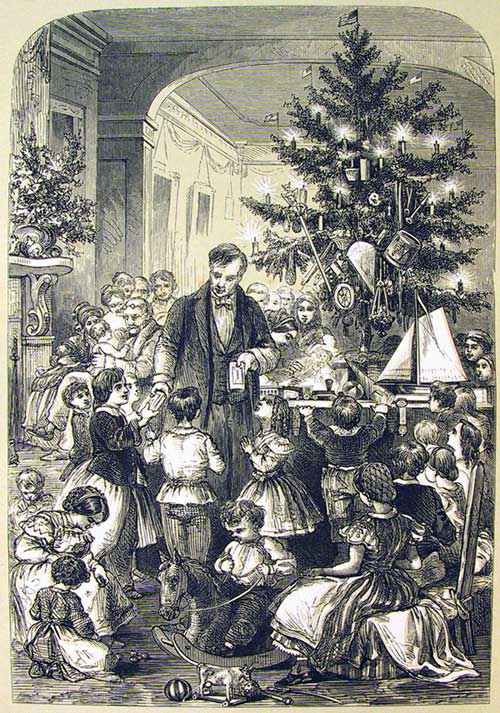
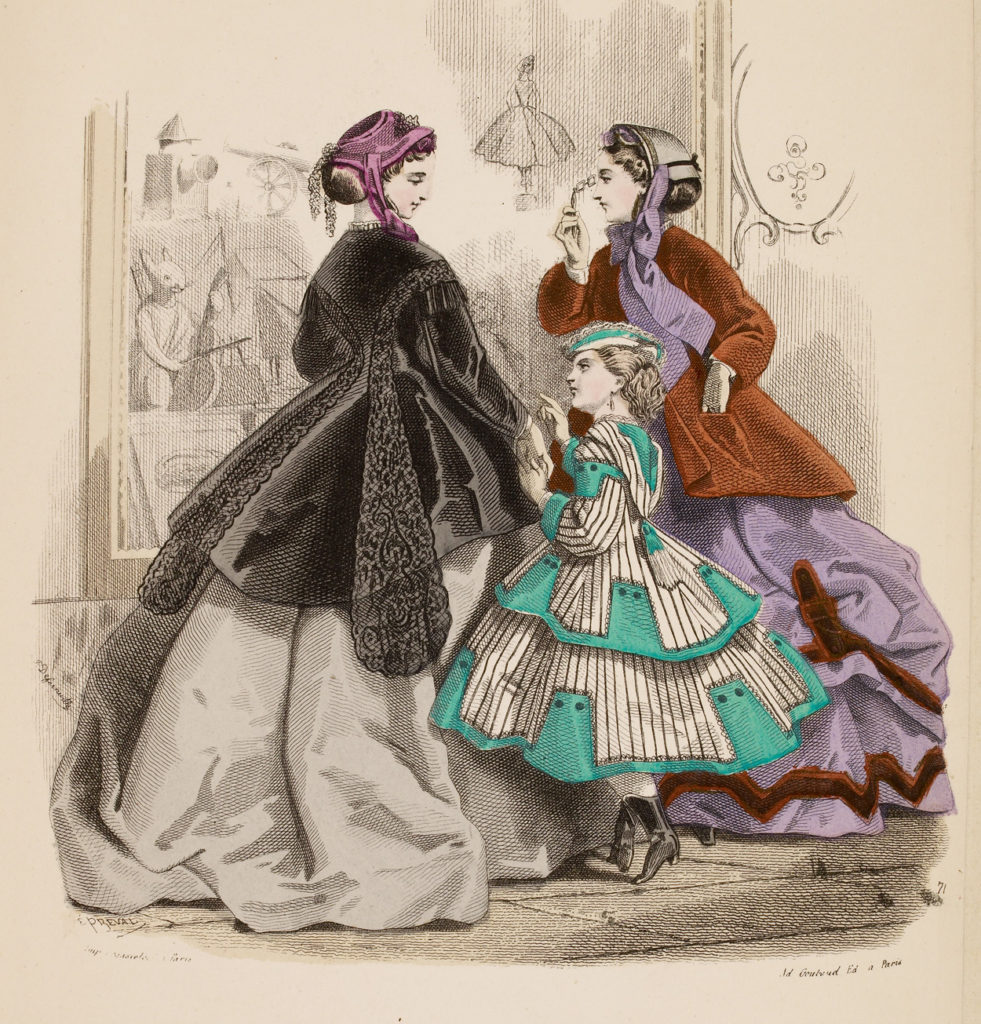
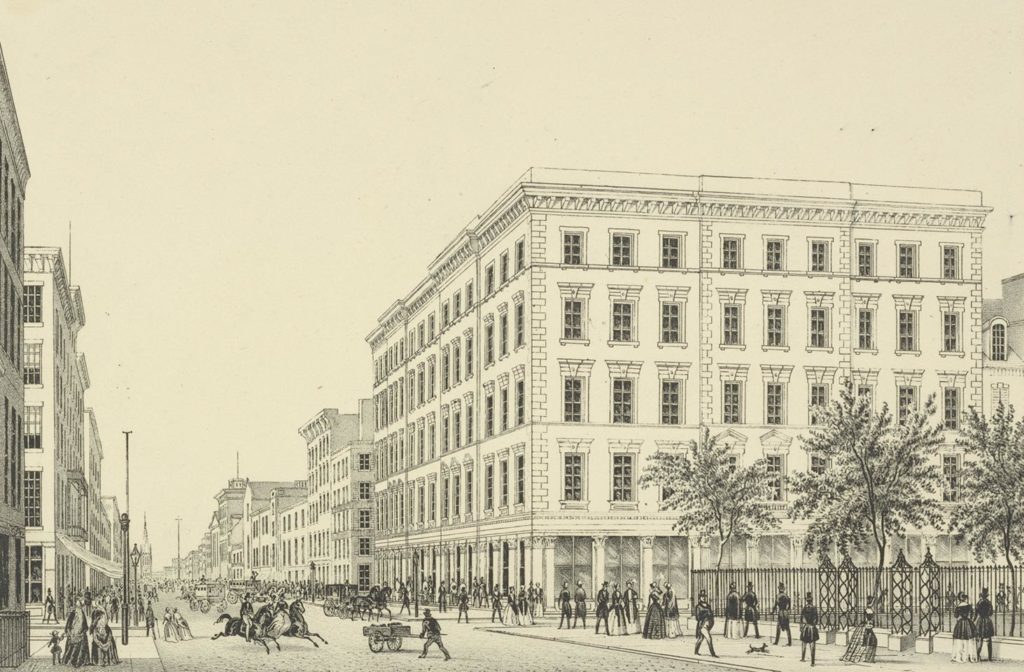
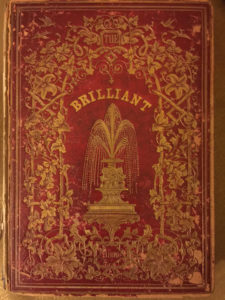
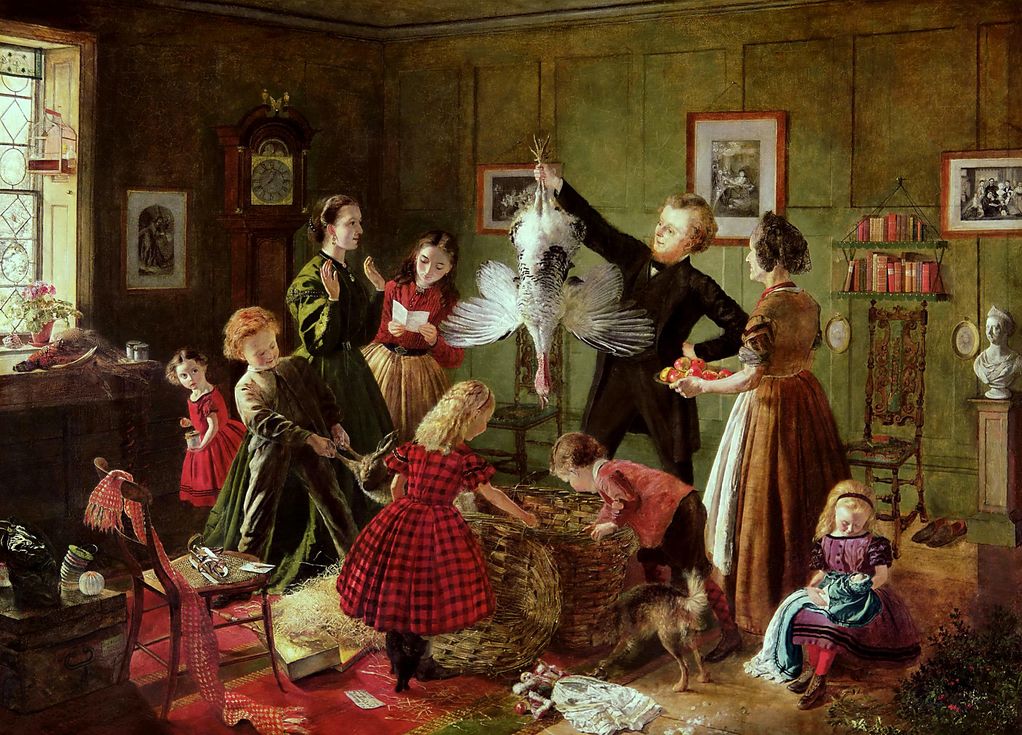
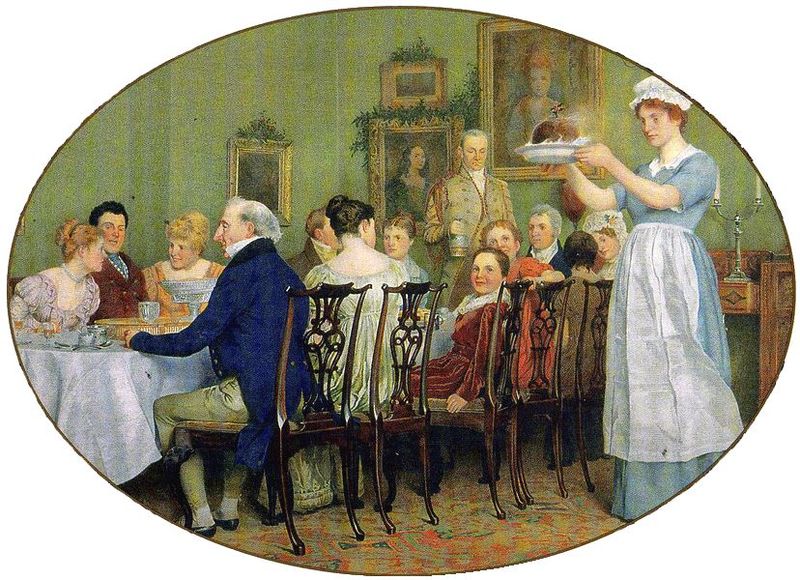

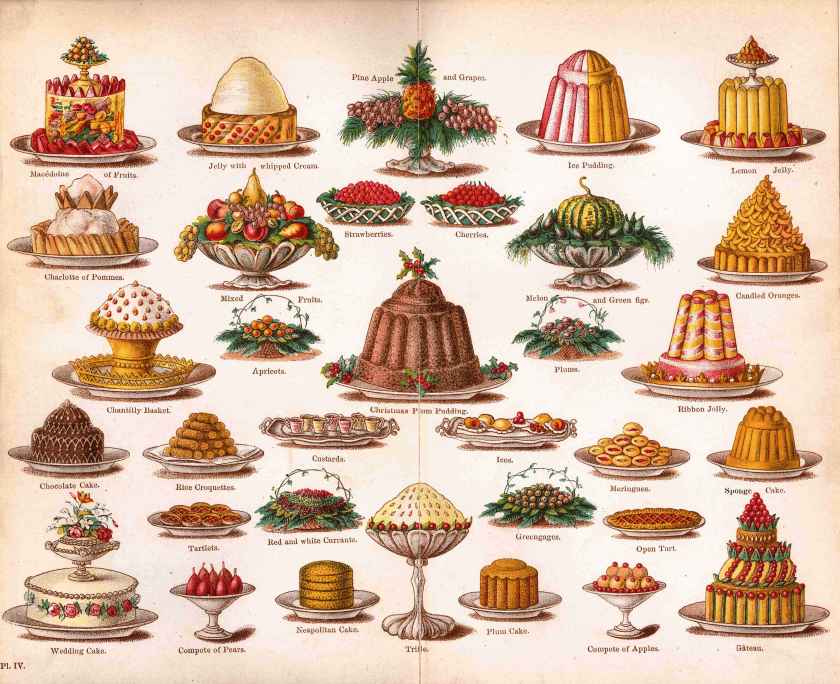
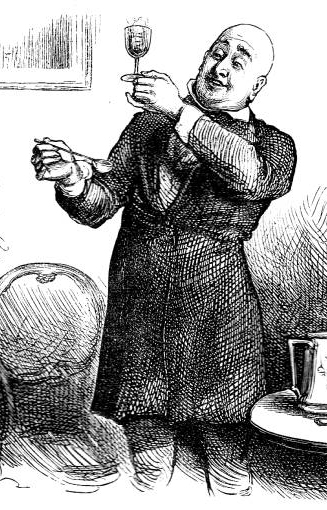




Annie, You have outdone yourself with scrupulous research as abundant as the dinner menu.Even the weather report! Face it, you are really a novelist. Thank you very much for a delicious read.
Happy Holidays,
Liz
Thank you, Liz. All the details are right there in the newspapers and cookbooks of the day. Had so much fun reading them! Happy Holidays to you, too!
I LOVE this. Lets us “step across the threshold of their home on Fourth Street,” with our imaginations, but imagination backed up with plentiful research, so we know it’s as accurate as it can be! You’ve done the work we all need to understand the Tredwells and their house at this time of year. And the illustrations you have uncovered! Priceless. And finally I do love that poem that concludes the post. “Joy is wisdom but grieving’s a folly,” Thank you, Annie for this Christmas gift.
Thank you, Mary. Merry Christmas!!!
Another unbelievable blog post! I’m so impressed with the level of detail in this!!! It’s like going back in time!
Thanks so much, Jackie! I am happily becoming very familiar with the newspapers of the period.
As I was the researching the “Tuttle Emporium” I came across this delightful article. George W Tuttle in an ancestor on my mother’s side, and I am wondering if you can give me any more information about the “Tuttle Emporium” at 345 Broadway. I had read some back back about a Christmas Ball that he hosted at the Emporium or at least was somehow involved in. Any information you have would be appreciated. Thank you for you beautifully written story that give us a glimpse into the past!